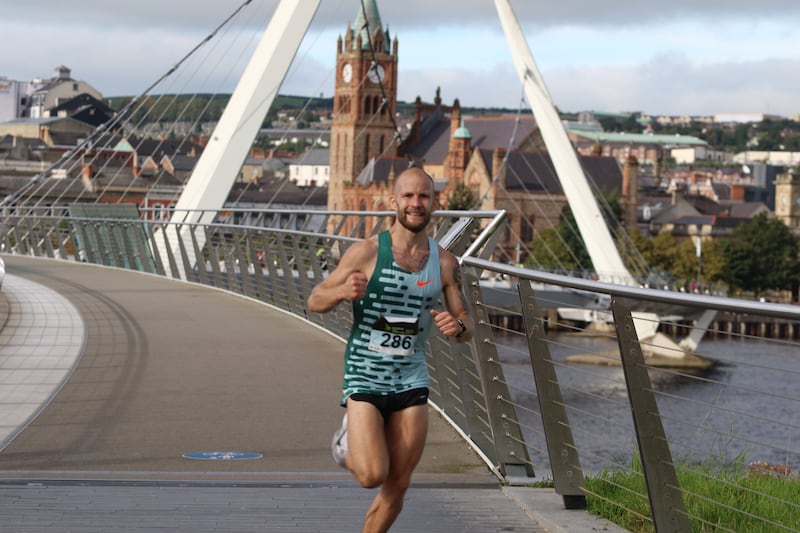AN initiative to transform the banks of the River Foyle while also addressing the problem of suicide in Derry is to be launched later today.
The 'Our Future Foyle' project will use art installations – including an 800m light sculpture along the Foyle Bridge – to challenge the negative associations with the river - and to create a physical barrier to help prevent people taking their own lives.
The £25 million project emerged from a Public Health Agency (PHA) review which identified a need to draw on external expertise to find ways of dealing with the many tragedies on and around the Foyle.
PHA spokesman Brendan Bonner said a “spike in incidents” on the river motivated the agency to tackle the problem head-on.
Designed in three parts, the project includes the Foyle Bubbles, the Foyle Experience and the Foyle Reeds.
The Foyle bubbles is a series of 40 riverside mobile pods which will be placed along the Foyle riverfront and brides. Each bubble will offer affordable space to art and commercial organisations as well as individuals to “animate” the river bank.
Those occupying the pods will be given mental health training so that they can act as an on-site community response to incidents on the river.
The Foyle Experience will include a sculpture park with “digital and place-based content.” It will feature a series of cultural and contextual wayfinding points along the river, promoting digital innovation through social media.
The most dramatic will be the Foyle Reeds, which will be the largest public art installation in the North.
It will consist of 800 metres of 12,000 man-made reeds along the Foyle Bridge. Technology will be used to change the colour of the reeds which will also form a physical barrier on either side of the bridge, acting as a suicide prevention measure.
The PHA worked with the Royal College of Art along with The Samaritans, Foyle Search and Rescue and local and regional government on the project.
“This ground-breaking project has the ability to achieve city scale transformation and make a positive direct impact on thousands of lives,” Mr Bonner said.








